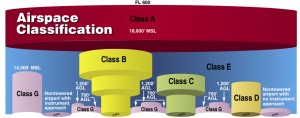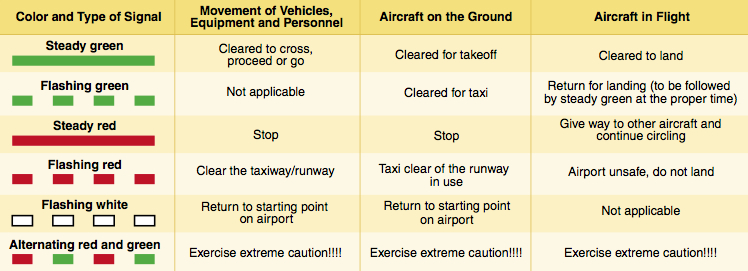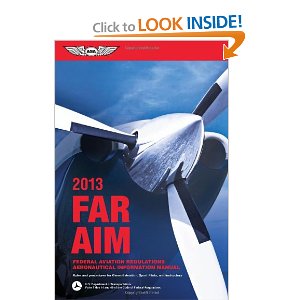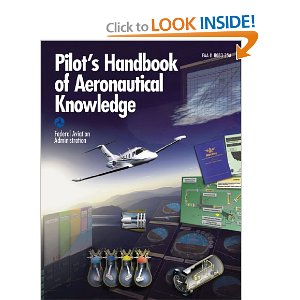 I received the following question concerning lost communications in Class B or C airspace while VFR.
I received the following question concerning lost communications in Class B or C airspace while VFR.
“Carl,
I do not see any guidance in the AIM pertaining to radio failure procedures while VFR within Class B or Class C airspace. The AIM does cover Class D VFR radio failure procedures. Any insight you have is greatly appreciated.
Suggestions from others:
Not in the traffic pattern (Class B/Class C): Squawk 7600 and exit Class B/Class C and land at non towered airport. Once on the ground call the Class B/Class C tower to notify them you landed safely and to explain that you lost communication ability.
If already in the Class B/Class C traffic pattern, look for ATC light gun signals and land accordingly.
Regards,
Dan.”
Thanks for the question Dan. Although the AIM is a great resource we need to look at all resources including the FAR/AIM and the PIlot’s Handbook Of Aeronautical Knowledge for the answer to this question.
Furthermore, when reviewing the regulations, references, and informational manuals we must understand that not all situations can be addressed. Due to the dynamic environment in which we fly, two important skills every pilot must regularly increase is judgement and decision making.
Lost Communications Review:
First Let’s review Section 4. Two-way Radio Communications Failure in the Aeronautical Information Manual. In the very first paragraph the AIM states:
“It is virtually impossible to provide regulations and procedures applicable to all possible situations associated with two-way radio communications failure. During two-way radio communications failure, when confronted by a situation not covered in the regulation, pilots are expected to exercise good judgment in whatever action they elect to take. Should the situation so dictate they should not be reluctant to use the emergency action contained in 14 CFR Section 91.3(b).”
Remember that the regulations cannot address every situation we encounter when we fly. If they could then robots could fly and we would not need pilots.
With that said there is guidance in The Pilot's Handbook of Aeronautical Knowledge which states what we should do at a towered airport. First squawk 7600 then look for light gun signals. If you do not see light gun signals then enter the pattern and look for light gun signals. The most important thing is to control the plane and don't hit anything. So fly the plane and be vigilant.
Light Gun Signals:

Dan thanks again for the great question. As you can tell we can use the regulations and guidance we find in informational manuals to make a good decision. Remember the regulations and the informational manuals cannot address every abnormal or emergency situation. If they could we may not need pilots. Let’s hope that day never comes.
Safe Flying!
Books Mentioned In This Post:




Comments on this entry are closed.
I am in fact thankful to the holder of this web
site who has shared this great article at at this time.